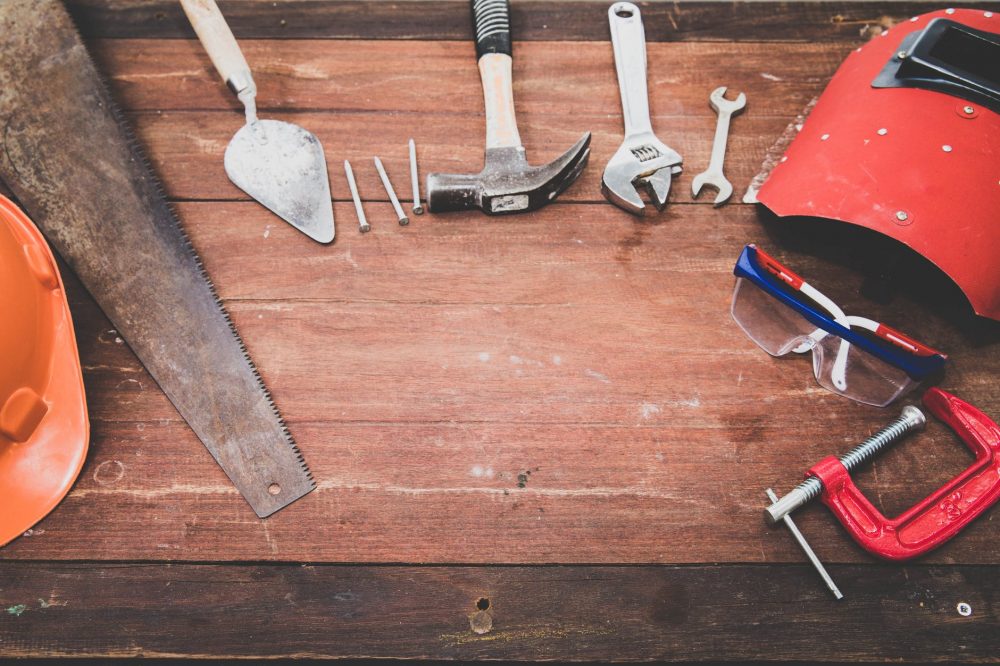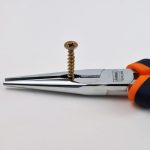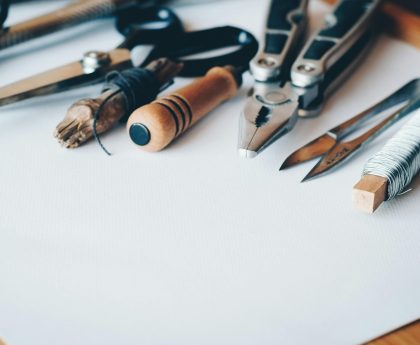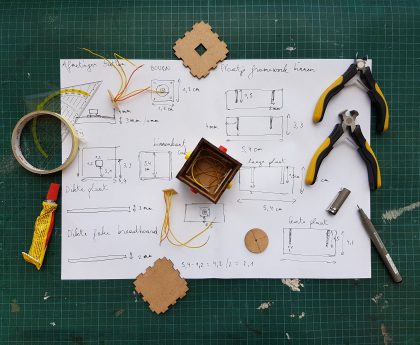In the realm of DIY projects and home repairs, having the right tools is paramount. Borrowing tools can be a cost-effective and convenient solution, but it’s crucial to do your homework before borrowing any equipment. Researching tool specifications and reading reviews can save you time, effort, and potential frustration by ensuring you select the right tool for your project. This blog post will delve into the importance of thorough research before borrowing tools, outlining the benefits and providing practical steps to make informed decisions.
Why Researching Tool Specifications Matters
- Matching Tool Capabilities to Project Needs
Different tools are designed for specific tasks, and using the wrong tool can lead to subpar results or even damage your project. For instance, a power drill with insufficient torque might struggle with dense materials, whereas a high-torque drill could be overkill for light-duty tasks. By researching tool specifications, you can match the tool’s capabilities to your project’s requirements, ensuring optimal performance.
- Understanding Tool Functionality
Modern tools often come with a range of features and settings designed to enhance their versatility and ease of use. However, these features can be confusing if you’re unfamiliar with the tool. Researching ahead of time allows you to understand the tool’s functionality, helping you use it more effectively and safely. Knowing how to adjust settings, use attachments, and troubleshoot common issues can make a significant difference in your project’s outcome.
- Ensuring Compatibility
Some tools require specific accessories or consumables, such as saw blades, drill bits, or sanding pads. Researching tool specifications ensures that you’re aware of these requirements and can acquire the necessary accessories in advance. This prevents interruptions during your project and ensures that you have everything you need to complete the task efficiently.
The Benefits of Reading Reviews
- Gaining Insights from Other Users
User reviews are a valuable resource for understanding how a tool performs in real-world scenarios. Reviews often highlight strengths and weaknesses that might not be apparent from the manufacturer’s description. By reading reviews, you can learn about common issues, durability, ease of use, and overall satisfaction from other users who have borrowed or purchased the tool.
- Identifying Potential Issues
No tool is perfect, and even high-quality tools can have drawbacks. User reviews can reveal potential issues that might affect your decision. For example, if multiple reviewers mention that a tool has a short battery life or tends to overheat, you can take these factors into consideration when choosing a tool. Being aware of potential issues allows you to make an informed decision and prepare accordingly.
- Comparing Alternatives
Reading reviews can also help you compare different tools and brands. You might discover that a less expensive tool performs just as well as a premium model or that a particular brand has a better reputation for reliability. This information can guide you in selecting the best tool for your needs and budget.
Practical Steps for Researching Tools
- Identify Your Project Requirements
Before researching tools, clearly define your project requirements. Consider the tasks you need to accomplish, the materials you’ll be working with, and any specific features that would be beneficial. This will help you narrow down your options and focus your research on tools that meet your needs.
- Consult Reliable Sources
When researching tool specifications, consult reliable sources such as manufacturer websites, product manuals, and reputable review sites. Manufacturer websites provide detailed specifications and official usage guidelines, while review sites offer insights from a range of users. Forums and DIY communities can also be valuable sources of information and advice.
- Check Compatibility and Accessories
Ensure that the tool you’re considering is compatible with any accessories or consumables you might need. Check whether the tool requires specific attachments or replacement parts and verify their availability. Having the right accessories is essential for achieving the best results.
- Read a Variety of Reviews
When reading reviews, aim for a balanced perspective by considering a range of opinions. Look for common themes and recurring issues, as these are likely to be significant factors. Pay attention to both positive and negative feedback to get a comprehensive understanding of the tool’s performance.
- Consider the Tool’s Condition
If you’re borrowing a tool from a rental service or a friend, consider the tool’s condition. Even well-reviewed tools can perform poorly if they’re worn out or poorly maintained. Inspect the tool for signs of wear and tear, and ask about its maintenance history if possible.
- Ask for Recommendations
If you’re unsure which tool to choose, don’t hesitate to ask for recommendations. Experienced DIYers, contractors, or tool rental professionals can provide valuable advice based on their knowledge and experience. They might suggest specific models or brands that are well-suited to your project.
The Impact of Proper Research
- Increased Efficiency
Proper research helps you select the right tool, which in turn increases your efficiency. With the right tool in hand, you can complete tasks more quickly and accurately, saving time and effort. This is especially important for complex or time-sensitive projects where delays can be costly.
- Enhanced Safety
Using the wrong tool or being unfamiliar with its operation can pose safety risks. By understanding the tool’s specifications and functionality, you can use it correctly and safely. Researching safety features and usage guidelines minimizes the risk of accidents and injuries.
- Better Results
Selecting the right tool based on thorough research leads to better project outcomes. Whether you’re building furniture, making home repairs, or undertaking a creative project, having the appropriate tool ensures that your work is of high quality. This satisfaction and pride in your work are invaluable rewards for your efforts.
- Cost Savings
While borrowing tools is generally cost-effective, using the wrong tool or experiencing project delays can incur additional expenses. Proper research helps you avoid these pitfalls, ensuring that you get the most value from your borrowed tools. Additionally, understanding tool maintenance and care can prevent damage and associated repair costs.
In the world of DIY and home improvement, the right tools can make all the difference. By taking the time to research tool specifications and read reviews before borrowing, you ensure that you select the best tool for your project. This preparation not only enhances your efficiency and safety but also leads to better results and a more satisfying experience.
Whether you’re a seasoned DIY enthusiast or a beginner, making informed decisions about the tools you borrow is a valuable skill. The effort you invest in research pays off in the form of successful projects and a deeper understanding of the tools you use. So, before you borrow your next tool, take the time to do your homework and set yourself up for success.




